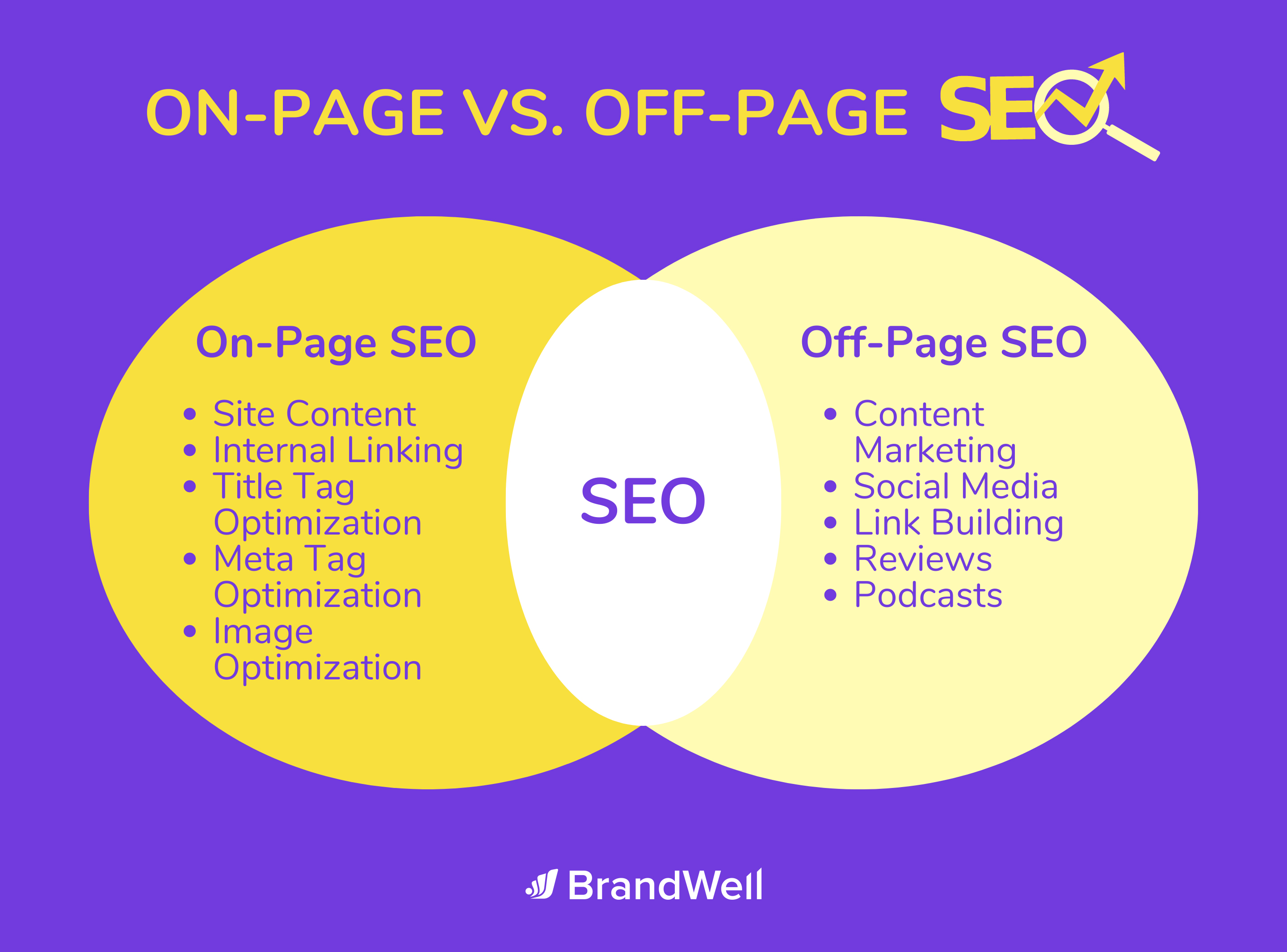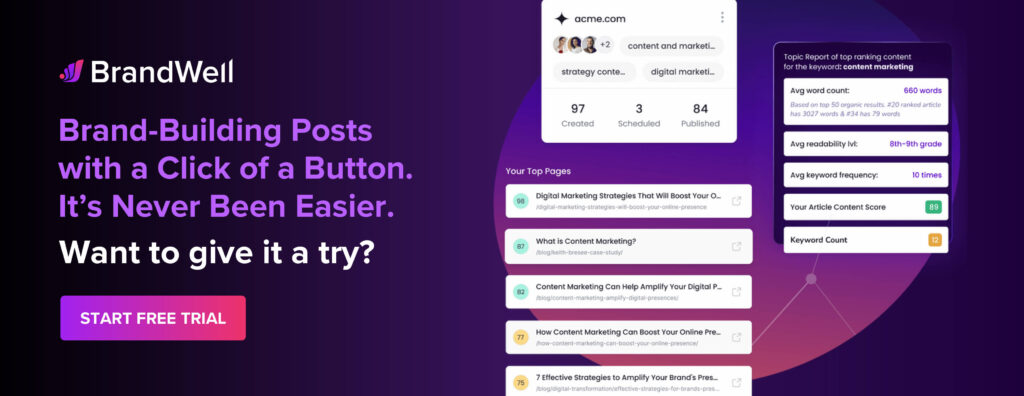Discover top guides, trends, tips and expertise from AIO Writers
Your Complete Guide to Crafting a Killer SEO Strategy
Julia McCoy
Monday, 1st Apr 2024
Do you ever feel like you’re drowning in the vast sea of digital marketing, just trying to stay afloat? That’s where a solid SEO strategy comes in. It’s not just about tossing out keywords and hoping for the best — far from it.
An SEO strategy is like the roadmap to success in the digital realm. It’s the secret sauce that helps your website rank higher in search engine results, making it more visible to potential customers. And the best part? You don’t have to be a tech wizard to create an effective SEO strategy.
In this guide, we’ll break down the fundamentals of SEO strategy and walk you through the step-by-step process of creating one that works for you. From understanding your audience to optimizing your content, we’ve got you covered.
So buckle up and get ready to unlock the power of SEO for your business!
Table of Contents
What is SEO and Why Do You Need a Strategy?
Search Engine Optimization or SEO is the process of optimizing a website to increase its visibility and ranking in search engine results, ultimately driving more conversions and business growth.
To push your website to the top of search engine rankings, you need a robust SEO strategy that includes tactics such as optimizing website content, improving website structure and user experience, building high-quality backlinks, and staying updated with search engine algorithm changes.
Let’s break down the key components that make up an effective SEO strategy:
- Content Organization: By structuring your website’s content around topic clusters, you create a clear hierarchy for Google to crawl. This not only helps search engines understand the relationship between different pages but also boosts your authority on specific subjects, making you more likely to rank higher in SERPs.
- User Intent Matching: Understanding why someone conducts a specific search is crucial. Your content should address their needs or answer their questions directly, which means moving beyond keywords to consider the context behind those searches.
- On-Page Optimization: Each page on your site needs optimization for both users and search engines. From title tags and meta descriptions that grab attention in SERPs to internal linking strategies that guide visitors through relevant information seamlessly — every detail matters.
- Technical Optimization: With mobile devices accounting for over half of web traffic worldwide, having a mobile-friendly website isn’t optional anymore — it’s necessary. Technical aspects like fast loading times, responsive design, and secure browsing (HTTPS) significantly impact both user experience and ranking positions.
Crafting an SEO strategy isn’t rocket science, but it does need a bit of finesse and understanding. Let me show you how to create an SEO strategy based on the four pillars of SEO: content optimization, on-page SEO, technical SEO, and off-page authority building.
Content Optimization
With search engine algorithms becoming more sophisticated, it’s no longer enough to just publish content around target keywords. You have to organize your website in a manner that helps Google understand the relevance of each post.
Think of your website as a giant filing cabinet with categories, sections, and individual pages logically stacked within each other.
Now that you have a proper website structure, it’s time to optimize those individual pages.
Understand Search Intent
Is your current content addressing the needs of your audience? Are you providing valuable information? Are you helping them fix a problem?
Think about not just who people are on the surface, like their age or where they live, but also what drives them – things like what they value and what catches their interest.
To nail this, you gotta listen more than you speak. Dive deep into forums, social media conversations, and customer feedback, and optimize your content around what your readers crave.
Create Content Around E-E-A-T
Google values content that is not just informative but, more importantly, helpful to the user. This is the concept of E-E-A-T.
E-E-A-T stands for Experience, Expertise, Authoritativeness, and Trustworthiness. Google uses E-E-A-T to evaluate (and rank) the quality of content on a web page.
Experience: This new “E” focuses on the firsthand or life experience the author or creator has on the topic at hand. Google values content where the writer brings a practical understanding of the subject.
Expertise: This refers to content that demonstrates in-depth knowledge. Ideally, the author should have a strong background in the subject matter. You can showcase this through author bios, credentials, or affiliations with relevant organizations.
Authoritativeness: Google considers the overall reputation of the website when evaluating content. Positive reviews, industry awards, and recognition from other authoritative sites can all contribute to a website’s authority.
Trustworthiness: Your content should be factual, accurate, and free of typos. Double-check claims, cite reputable sources, and clearly display author information and contact details for the website.
Here are some ways to improve your content based on E-E-A-T principles:
- Demonstrate real-world application: Don’t just explain a concept, show how it’s used in real life.
- Include first-hand experience: If you’re reviewing a product, it helps to have actually used it. This allows you to provide insights beyond just technical specifications.
- Case studies and personal anecdotes: Feature success stories or showcase how your product/service benefits real people.
- Source from experienced contributors: If you have a team creating content, leverage their experience for specific topics.
- Focus on quality: Conduct thorough research, provide valuable insights, and ensure your content is well-written and informative.
- Showcase author expertise: Include author bios that highlight their qualifications and experience.
E-E-A-T is particularly important for Your Money Your Life (YMYL) content. These are websites that deal with topics that could potentially impact a user’s health, finances, or safety (e.g., medical advice, financial planning, legal matters). For YMYL sites, Google places a higher emphasis on E-E-A-T to ensure users find trustworthy information.
While E-E-A-T is not a direct ranking factor, it can influence how Google perceives your content and website. By focusing on creating high-quality, trustworthy content, you can establish yourself as an authority in your field and improve your search engine rankings.
Build Topic Clusters
Topic clustering is a content organization strategy used in SEO to improve website structure and enhance visibility in search engine results. It involves grouping related content into clusters or groups based on overarching themes or topics, with a pillar page serving as the central hub.
The pillar page provides a comprehensive overview of the topic while supporting pages dive deeper into specific aspects or subtopics.
This strategy not only helps search engines understand the semantic relationship between different pieces of content but also creates a more user-friendly navigation experience for visitors. By interlinking related pages within a cluster, website owners can distribute authority and relevance throughout their site, boosting the overall SEO performance of individual pages and the website as a whole.
Topic clustering is easy with BrandWell. Just enter your seed keyword into the keyword research tool and the app will automatically generate subtopics that are related to your pillar topic.
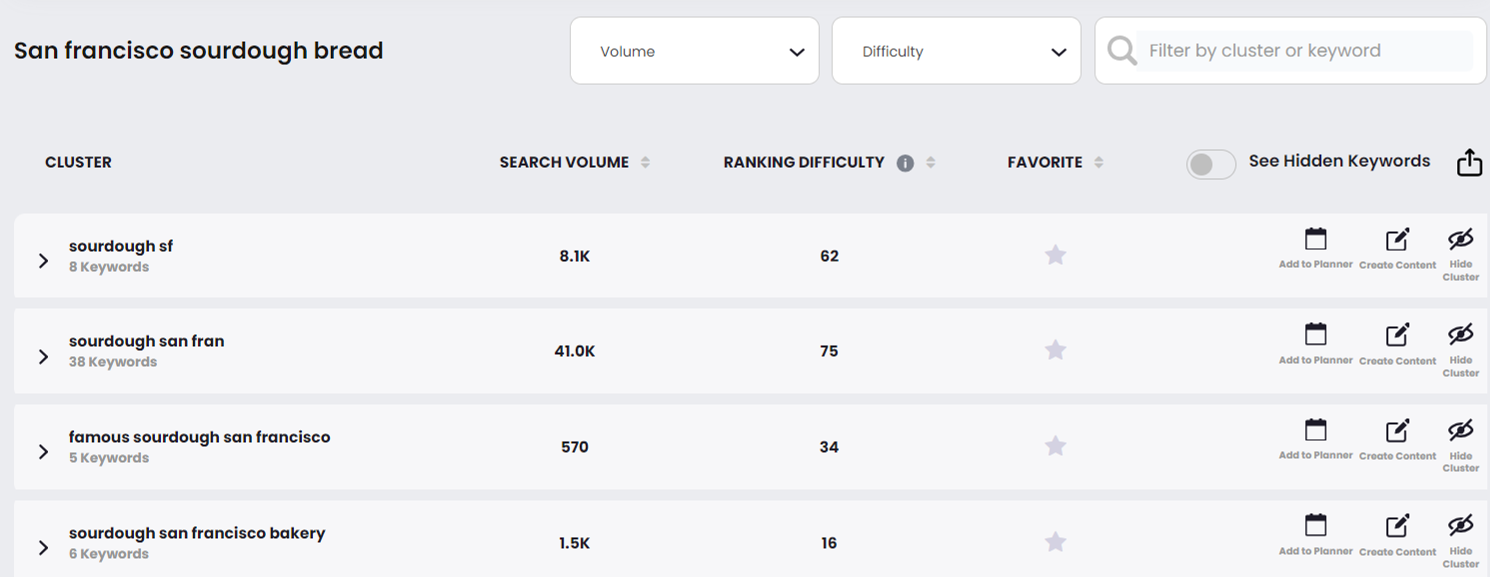
On-Page SEO
On-site SEO, also called on-page SEO, is the practice of optimizing the elements within your website to improve its search engine ranking and attract more organic traffic. It’s all about making your website search engine-friendly and user-friendly.
There are two main reasons for on-site SEO:
- Search engines like Google use crawlers to scan and index websites. On-site SEO helps crawlers understand the content and structure of your website, making it easier for them to find and rank your pages for relevant searches.
- Well-optimized websites are not only easy for search engines to navigate but also for users. Clear and informative content, along with a user-friendly site structure, keeps visitors engaged and coming back for more.
Here are some of the key areas of focus for on-page SEO.
Optimize for Keywords
One of the fundamental aspects of on-page SEO is optimizing your content with relevant keywords. This involves researching and selecting keywords that your target audience is likely to use when searching for information related to your business. By strategically incorporating these keywords into your content, you can signal to search engines the relevance and topic of your page. Keywords can be classified as informational keywords, transactional keywords, navigational keywords, and commercial keywords.
Conduct thorough keyword research to uncover relevant phrases with high search volume and moderate competition. Consider long-tail keywords, which are longer and more specific phrases that often yield higher conversion rates.
Armed with your researched keywords, create high-quality content that provides value to your audience. This could include informative blog posts, how-to guides, product reviews, or instructional videos. Aim for originality and uniqueness to stand out from the competition, and strive to create content that is not only informative but also shareable and link-worthy.
Include your primary keyword in the title, meta description, and headers, and mention secondary keywords throughout the body of your content but do not overdo it! Keyword stuffing can negatively impact readability and user experience.
You can automate this entire process with BrandWell. Just enter your topic into the keyword research tool and the AI will generate a list of related phrases. As you can see from the screenshot below, each keyword is shown with its monthly search volume, ranking difficulty, cost per click, and trends.
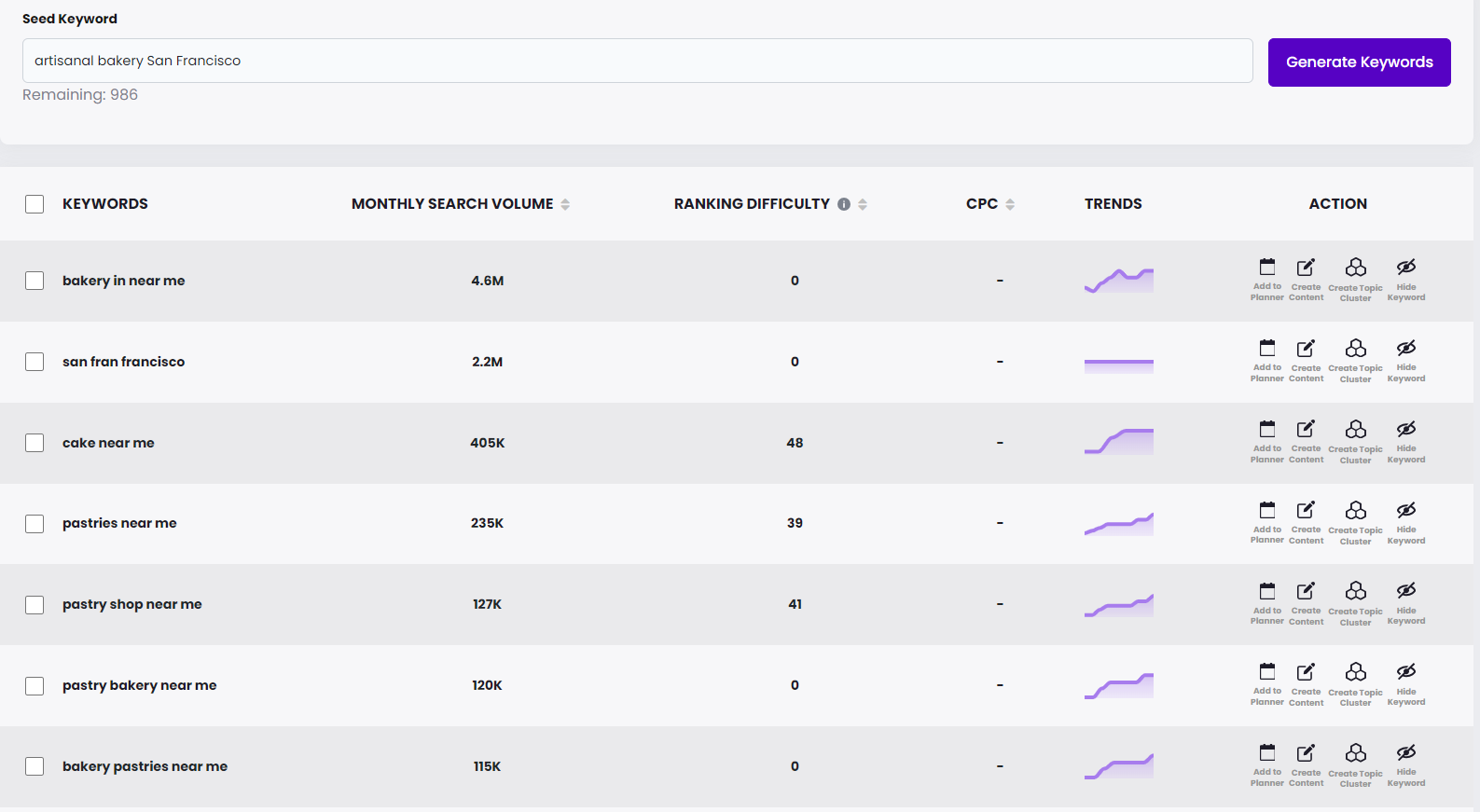
From this list, you can generate a long-form blog post for each keyword by simply clicking the “Create Content” button on the Action panel.
BrandWell’s RankWell long-form writer will automatically include your primary keyword in the title and meta description, as well as mention its variations in the headers and the rest of the article. You can further optimize your post with secondary keywords listed on the SEO sidebar.
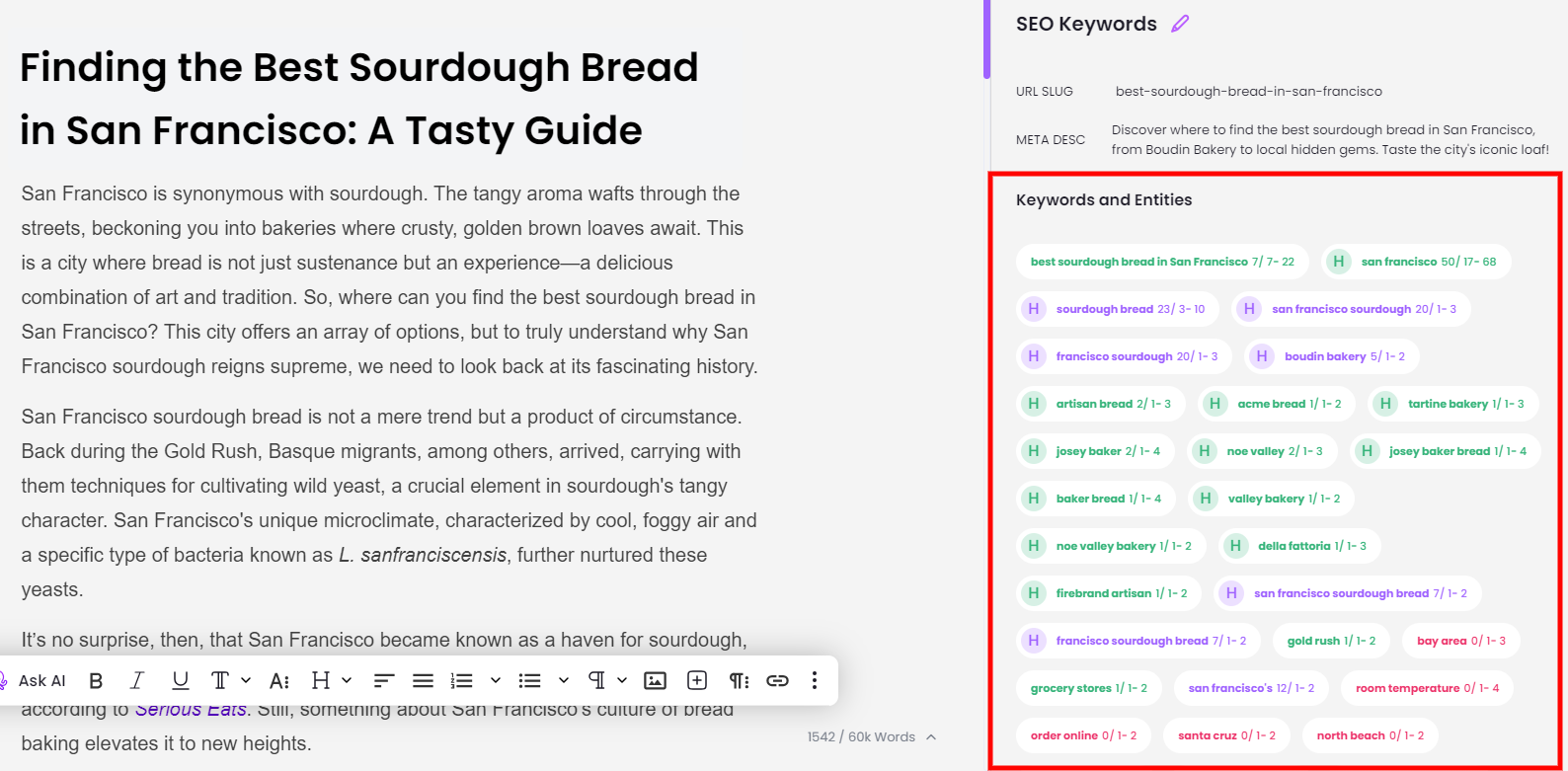
Meta Tags Optimization
Meta tags are HTML tags that provide information about your web page to search engines. The two most important meta tags are the title tag and meta description. The title tag appears as the headline in search results, and the meta description provides a brief summary of the page. Optimizing these tags with relevant keywords and compelling descriptions can improve click-through rates and attract more visitors to your site.
URL Structure
Having a clean and well-structured URL is beneficial for both search engines and users. Including relevant keywords in the URL can help search engines understand the context of your page. Additionally, shorter and descriptive URLs are easier for users to read, remember, and share.
Heading Tags
Properly using heading tags (H1, H2, H3, etc.) helps organize your content and makes it more scannable for both search engines and readers. Search engines pay particular attention to the H1 tag, which should include the main keyword or topic of the page. Subheadings (H2, H3, etc.) should be used to divide the content into logical sections, making it easier for users to navigate and find the information they need.
Structure Content with Internal Links
Internal linking is the practice of linking to other pages within your website from your content. This not only helps users navigate your site more easily but also distributes link equity (or “link juice”) throughout your website, which can improve the ranking of your pages in search engine results.
Internal linking is not just an SEO tactic; it’s storytelling magic. It guides visitors through your website like bread crumbs leading them down the path of discovery (and higher page views).
Before anything else make sure you have click-worthy, quality content. Nobody wants to click on links that are dull or irrelevant.
Place links where they feel natural in the flow of text, not just wherever you can squeeze them in for SEO juice.
When incorporating internal links, use descriptive anchor text that gives users and search engines context about the linked page’s content. Aim to create a logical hierarchy of internal links that guide users from broader, more general content to more specific, detailed content, facilitating a seamless user experience and encouraging deeper exploration of your website.
Make Your Content Enjoyable With Multimedia
Enhance the visual appeal and engagement of your content by incorporating multimedia elements such as images, infographics, videos, and audio clips.
Visual content not only breaks up the text and makes your content more visually appealing but also helps to convey information more effectively.
Optimize images by using descriptive filenames and alt text that include relevant keywords, as search engines can’t “see” images but rely on this metadata to understand their content and context.
For 2024 and beyond, video content is a must! Videos are becoming increasingly popular and can help improve dwell time and engagement on your website.
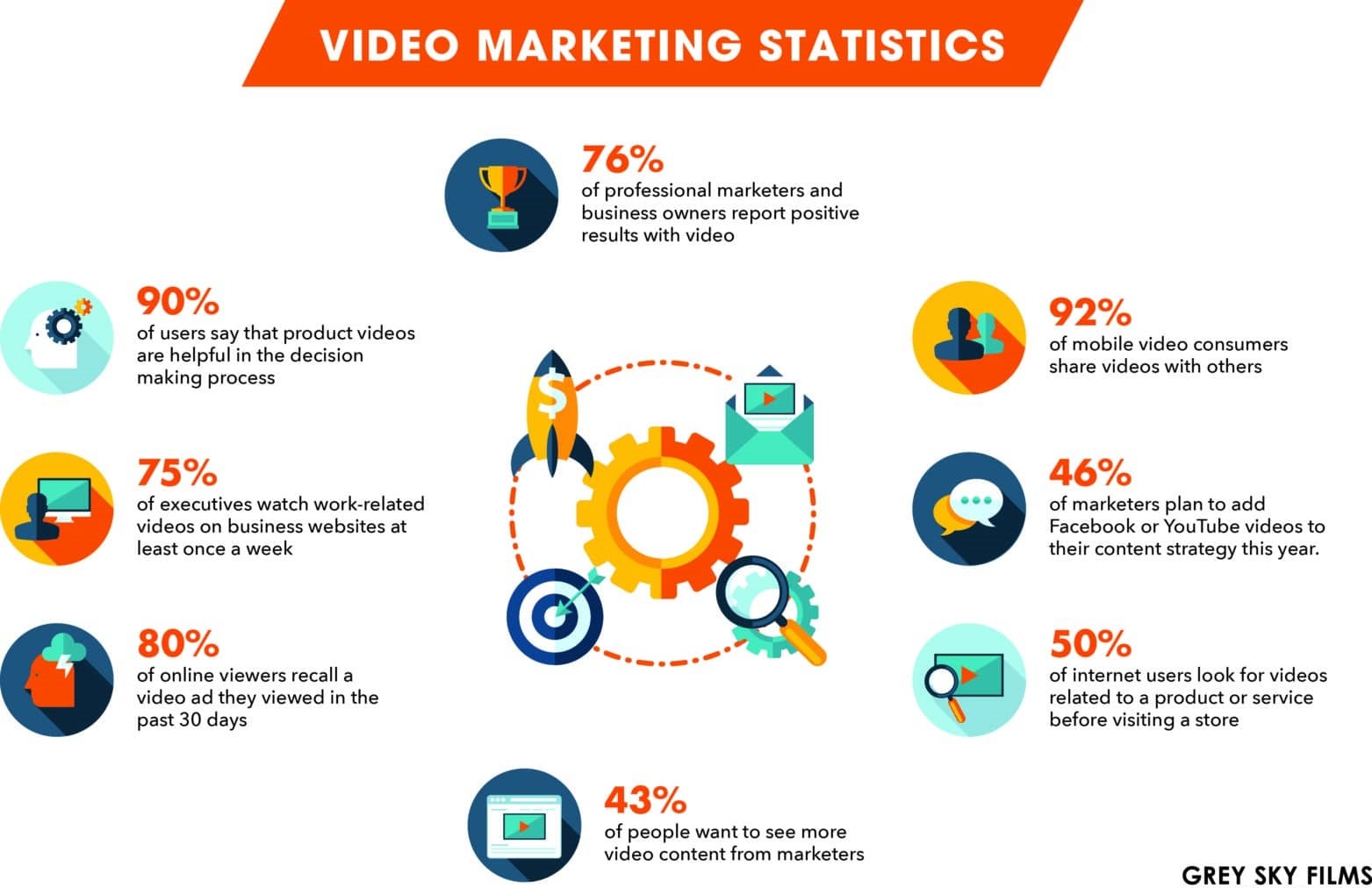
Image Optimization
Optimizing images is important for both user experience and SEO marketing. Compressing images to reduce file size improves website loading speed, which is a ranking factor. Additionally, using descriptive file names and alt tags for images helps search engines understand their context and improves accessibility for visually impaired users.
Technical SEO
Technical SEO is one of the pillars of a strong SEO strategy. It refers to the behind-the-scenes optimization of your website to make it easier for search engines to crawl, index, and understand your content. Here’s a breakdown of what technical SEO entails:
Website Audit
Start by conducting a comprehensive audit of your website to identify any technical issues that may be affecting its performance in search engine results. This includes checking for broken links, crawl errors, duplicate content, and other common technical issues that can negatively impact your site’s visibility and ranking.
Page Speed Optimization
Optimize your website’s loading speed to improve user experience and search engine rankings. Compress image sizes, leverage browser caching, and reduce server response time to ensure that your site loads quickly on both desktop and mobile devices.
Site Structure and Navigation
Ensure that your website has a clear and intuitive site structure that makes it easy for users and search engines to navigate. Organize your content into logical categories and subcategories, and use descriptive, keyword-rich URLs to help search engines understand the content of each page.
Implement breadcrumb navigation and a user-friendly internal linking structure to facilitate easy navigation and improve the user experience.
Schema Markup
Implement schema markup to enhance rich snippets and provide search engines with additional context about your website’s content. Schema markup helps search engines understand the meaning and relevance of your content, which can lead to improved visibility and click-through rates in search engine results.
Use schema markup to mark up important elements such as product reviews, recipes, events, and FAQs to enhance your website’s appearance in search results.
Indexability and Crawlability
Ensure that your website is easily accessible and indexable by search engines. Check your site’s robots.txt file to ensure that important pages are not being blocked from being crawled and indexed.
Submit your sitemap to search engines like Google and Bing to help them discover and crawl your site more efficiently.
Optimize for Mobile
In today’s world, if your website is not optimized for mobile, you’re missing out — big time. More people browse on their phones than ever before.
This is why a responsive design is no longer optional but a necessity. Your site needs to look good on any screen size because let’s face it: no one likes squinting or zooming in just to read text that was meant for desktop viewing only.
Mobile optimization also includes optimizing page load times, as mobile users are often on slower internet connections. Compress images, minify CSS and JavaScript files, and leverage browser caching to improve page speed and provide a smooth user experience on mobile devices.

By incorporating these technical SEO best practices into your overall SEO strategy, you can ensure that your website is optimized for search engines and provides a seamless user experience, ultimately improving its visibility, ranking, and overall performance in search engine results.
Off-Page Authority Building
Off-page authority building, also referred to as off-site SEO, focuses on efforts you take outside your website to improve its reputation and credibility in the eyes of search engines. It’s like getting good reviews from trusted sources for your website. The stronger your off-page authority, the higher your website is likely to rank in search results.
Here’s how to incorporate off-page SEO into your strategy:
Link Building
One of the most important aspects of off-page SEO is building high-quality backlinks from other reputable websites to your own. Focus on acquiring backlinks from authoritative and relevant websites within your industry or niche.
You can do this by creating compelling, shareable content that naturally attracts links, reaching out to influencers or bloggers for collaboration opportunities, submitting guest posts to relevant websites, and participating in industry forums or communities where you can share your expertise and link back to your site.
Social Media Engagement
Social media isn’t just a place to share memes or keep up with friends. It’s a powerhouse for boosting your brand’s visibility. Think about it. With millions scrolling through their feeds daily, imagine getting even a fraction of those eyes on your content.
But here’s the catch: not all engagement is created equal. Aim for engagements that ignite discussions, foster a sense of belonging, and ultimately channel visitors your way.
How? Kick things off by putting out content that strikes a chord — be it practical advice, moving narratives, or intriguing inquiries tailored to your area of interest.
A killer blog post does more than inform — it captivates from the first line and doesn’t let go until the reader has hit “share.” But creating engaging social media content takes skill.
- Pick topics that matter: Know what keeps your audience up at night and write about it.
- Create irresistible headlines: Your headline makes promises; make sure your content delivers on them.
- Tell stories: People may forget facts but never how you made them feel with a story.
Oh, and don’t forget – the world of social media is totally obsessed with pictures and videos. Images and videos often get more love than text-only posts.
The key is consistency mixed with authenticity. Show up regularly but stay true to your voice and values.
Online Reputation Management
Monitor your online reputation to ensure that your brand is perceived positively by both users and search engines. Encourage satisfied customers to leave positive reviews and testimonials on review sites, business directories, and social media platforms.
Address negative feedback promptly and professionally, and strive to resolve any issues or concerns raised by customers. A positive online reputation can help build trust and credibility for your brand, which can positively impact your site’s ranking in search engine results.
Brand Mentions
Whenever your brand or website is mentioned or cited on other websites, even without a direct link, it can still contribute to your off-page SEO. Brand mentions indicate to search engines that your business is reputable and relevant in your industry. Actively seeking opportunities for brand mentions, such as through partnerships, sponsorships, or collaborations, can help increase your brand visibility and authority.
Monitor mentions of your brand, products, or services across the web and capitalize on opportunities to turn unlinked brand mentions into backlinks. Reach out to website owners or authors who mention your brand but haven’t linked back to your site and politely request that they include a link.
Influencer Marketing
Collaborating with influencers in your industry can help expand your reach and attract more traffic to your website. When influencers endorse your products, services, or content, their followers are more likely to visit your site and potentially share your content, leading to increased visibility and brand exposure. This type of off-page SEO can generate more valuable backlinks and attract a targeted audience to your website.
Guest Blogging
Writing informative and high-quality articles as a guest contributor on other reputable websites in your industry can help you build authority and gain exposure. Guest blogging allows you to reach a wider audience and showcase your expertise while including links back to your own website. When your guest posts get published and shared, it can drive referral traffic, enhance your brand reputation, and improve your search engine rankings.
Online Directories and Listings
Submitting your website to relevant online directories and listings can improve your visibility and provide valuable backlinks. Make sure to choose reputable directories that are relevant to your industry or location. By ensuring your business information is consistent across these directories, you can enhance your online presence and boost local SEO efforts.
Local SEO
Ever Googled “best pizza place near me” and marveled at how those top spots seem to have a magic formula?
Spoiler alert: it’s not magic. It’s local SEO.
Optimizing your site for local search queries isn’t just smart; it’s essential.
Mastering local SEO means becoming fluent in the regional vernacular of search terms. Think about what you’d type into Google if you were on the hunt locally – that’s your golden ticket.
Start weaving these local keywords into your site’s content, titles, and meta descriptions to let Google know where you plant your flag.

If there was an easy win in the world of SEO, claiming and optimizing your Google My Business listing would be it. Imagine this as claiming prime real estate in Google land – totally free.
- Create or Claim Your Profile: Make sure you’ve got control over what people see when they find you online.
- Nail Those Details: Hours, location, contact info – keep everything up-to-date because accuracy counts more than ever now.
- Show Off With Photos: A picture speaks a thousand words; fill your profile with high-quality images of what makes your business special.
- Gather Reviews: Encourage happy customers to leave glowing reviews — they boost credibility like nothing else can.
Fine-tuning your Google My Business profile is akin to rolling out the red carpet directly from Google searches straight to our doorsteps. And who doesn’t love a VIP entrance?
Participate in local community events, sponsorships, or partnerships to increase your local visibility and attract more local customers.
A solid local SEO strategy sets you up for long-term success – turning your tiny website into an authoritative powerhouse brimming with organic traffic.
Adding a Content Calendar to Your SEO Strategy
In the digital world, content isn’t just king; it’s the whole kingdom. Attracting visitors to your website is akin to bees flocking towards nectar. But here’s a kicker – creating random blog posts won’t cut it.
To truly boost organic traffic, you need a master plan. Enter: The Content Calendar.
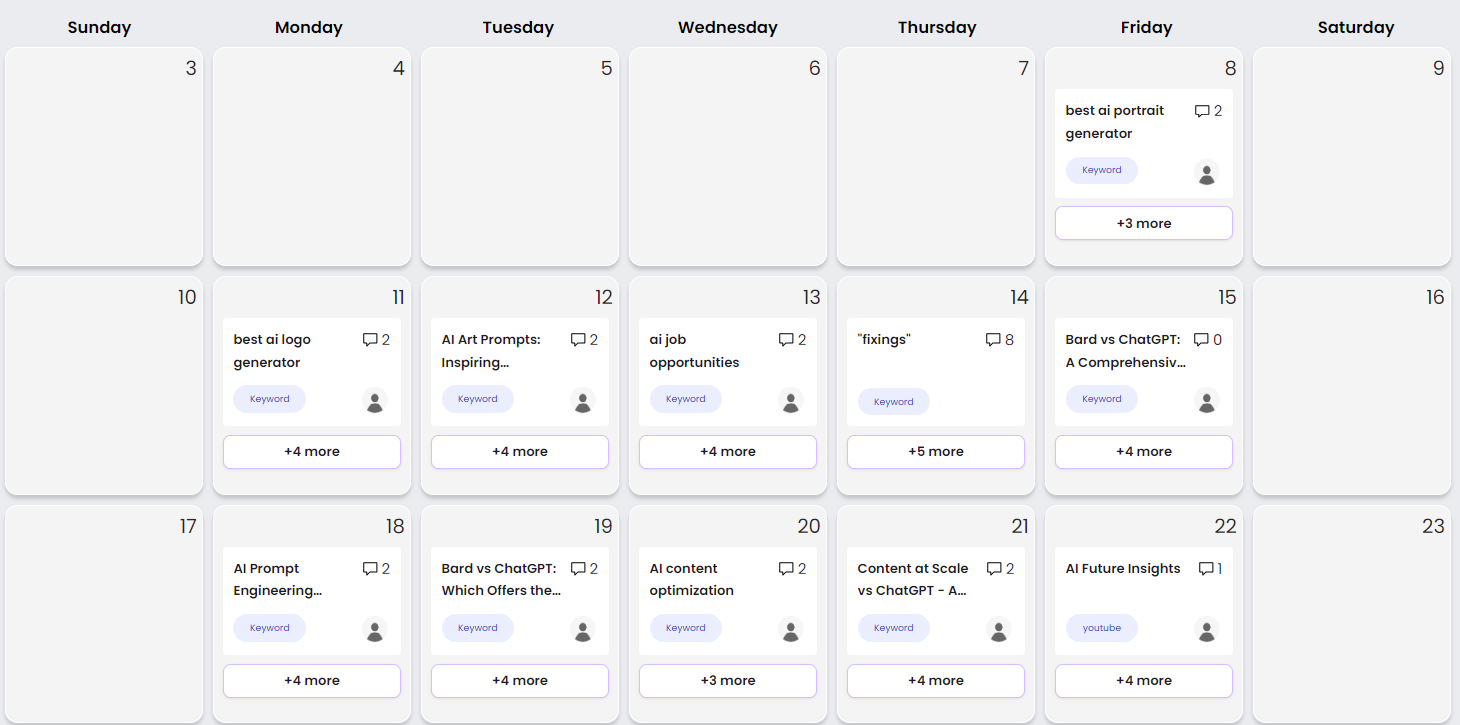
Screenshot of our BrandWell content calendar
A content calendar is your roadmap to publishing success that aligns with your SEO and business goals.
- Start by setting clear objectives: What do you want each piece of content to achieve? Increase brand awareness? Drive more sales?
- Analyze search volume and competition: Use tools like Google Keyword Planner or Semrush for this deep dive into keyword research.
- Create diverse content types: Mix up your blog post creation with videos, infographics, and podcasts. Variety spices up user experience.
- Schedule consistently but flexibly: Consistency is key in building an audience but stay flexible enough to jump on trending topics when they arise.
Make sure every piece of content has a purpose. This will boost not only organic traffic but also engagement rates and conversions.
Measuring and Analyzing Your SEO Performance
Once you have a solid SEO strategy in place, track your website’s performance to see what worked and what didn’t.
Google Analytics is your best friend here. It will tell you everything from search engine rankings to click-through rates.
- Search Engine Rankings: Keep an eye on where you stand in the SERPs for your key phrases. Higher positions? You’re doing something right.
- Click-Through Rate (CTR): This shows whether your title tags and meta descriptions are enticing enough for people to click through.
- Bounce Rates & Session Duration: Are visitors sticking around or bouncing faster than a high-speed ball? Longer sessions usually mean content relevance and engagement.
Don’t obsess over every tiny fluctuation in rankings or metrics daily — look at trends over time instead. By focusing on the bigger picture, you’ll uncover which tactics truly drive progress, avoiding the distraction of short-term commotion.
Remember: Plan smartly, create value, measure meticulously, and watch as quality leads roll in.
Stay Updated with Search Engine Algorithm Changes
The digital landscape never sleeps. In the world of SEO, staying updated on search engine updates is crucial.
Why? Because Google and other search engines love tweaking their algorithms – sometimes in ways that can make or break your site’s visibility overnight.
To keep up, browsing through Google’s Search Central Blog should be part of your morning ritual. Think of it as catching up on the news before heading out to conquer the day. This habit ensures you’re not left behind when a major update rolls out.
Review and Update Content Regularly
A dusty shelf isn’t just an eyesore; it’s what happens when content gets neglected too long – stale and forgotten. The internet doesn’t forget but it sure loves fresh content more than yesterday’s news.
- Analyze Your Performance: Dive into your analytics regularly using tools like Google Analytics. Look for dips in traffic that might signal outdated information or missed opportunities due to algorithm changes.
- Schedule Content Reviews: Set calendar reminders for a regular content review cycle every few months. Use this time to refresh old blog posts, add recent statistics, or pivot strategies based on current trends.
- Leverage SEO Tools: The right SEO tools can help identify weak spots in your strategy that could be hurting your ranking without you even knowing it.
Rewriting an article from three years ago may seem tedious at first glance but think about how much has changed since then. New insights emerged and perspectives shifted. A refresh could position that piece as cutting-edge rather than ancient history.
FAQs – SEO Strategy
What are SEO strategies?
SEO strategies are a set of techniques and tactics aimed at improving a website’s visibility in search engine results pages (SERPs). These strategies encompass various practices, including keyword research, content optimization, link building, and technical optimizations.
The primary goal of SEO strategies is to increase organic (non-paid) traffic to a website by enhancing its relevance and authority in the eyes of search engines like Google, Bing, and Yahoo. By employing SEO strategies, businesses can attract more qualified leads, increase brand awareness, and ultimately drive more conversions.
How do you create an SEO strategy?
Creating an effective SEO strategy involves several key steps. Firstly, it’s essential to conduct thorough keyword research to identify the terms and phrases your target audience is using to search for products or services related to your business. Once you’ve identified relevant keywords, the next step is to optimize your website’s content, including titles, headings, meta descriptions, and body copy, to incorporate these keywords naturally.
Focusing on creating high-quality, informative content that addresses the needs and interests of your target audience is crucial for SEO success. This content can take the form of blog posts, articles, videos, infographics, or any other format that resonates with your audience. Furthermore, building backlinks from reputable websites within your industry can boost your site’s authority and improve its ranking in search results.
What is an example of an SEO strategy?
Let’s say you’re a small business owner running a bakery in a local community. Your SEO strategy might start with keyword research to identify relevant terms like “best bakery in [your city]” or “freshly baked bread [your neighborhood].”
Next, create high-quality content that showcases your bakery’s specialties, such as “10 Must-Try Pastries at [Your Bakery Name]” or “The Art of Sourdough: A Guide from [Your Bakery].”
Share these articles on social media and engage with local influencers or food bloggers to attract backlinks and drive more traffic to your site. By combining these strategies, you can enhance your bakery’s online presence, attract more foot traffic, and ultimately increase sales.
What are the top 5 SEO strategies?
- Keyword Research and Optimization: Identify relevant keywords and phrases that your target audience is searching for, and strategically incorporate them into your website’s content.
- High-Quality Content Creation: Focus on creating informative, engaging, and valuable content that addresses the needs and interests of your audience. This can include blog posts, articles, videos, infographics, and more, designed to attract and retain visitors to your site.
- Link Building: Build a strong backlink profile by earning links from reputable and relevant websites within your industry or niche. This can be achieved through guest blogging, influencer outreach, content partnerships, and other link-building strategies.
- Technical SEO: Ensure that your website is technically optimized for search engines by addressing issues such as page loading speed, mobile-friendliness, crawlability, and indexability.
- Local SEO: If you have a local business, optimize your online presence for local search by claiming and optimizing your Google My Business listing, obtaining positive customer reviews, and ensuring consistency of NAP (Name, Address, Phone Number) across online directories. Additionally, target local keywords and create localized content to attract nearby customers.
Conclusion
Google loves changing things up without much warning, right? One day your site is chilling at the top of search results, and then bam! An update rolls out, and suddenly you’re playing hide and seek on page two or worse.
The key to winning the SEO game is staying informed. Subscribe to our BrandWell blog or online resources like Search Engine Journal for the latest news on search algorithm updates. This way you can quickly make changes to your website before the update hits you.
Keep in mind that SEO is not a one-time task — it requires ongoing effort and adaptation to stay ahead of the curve.
Ultimately, the goal of SEO is not just to rank higher in search results but to deliver a seamless and valuable experience for your audience, leading to increased engagement, conversions, and long-term success for your business.

UNLOCK YOUR POTENTIAL
Long Headline that highlights Value Proposition of Lead Magnet
Grab a front row seat to our video masterclasses, interviews, case studies, tutorials, and guides.

